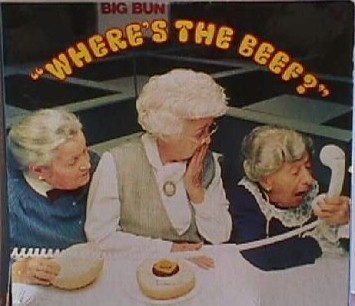
Trader Joe’s opened in my neighborhood, and I’m told the grocery chain has some great products at reasonable prices. Sadly, when I tried to shop there, I couldn’t find a parking spot.
The new location opened last week with much fanfare. However most of the early reviews didn’t discuss the great food but rather how tough it was to park one’s car. Traffic on the highway snarled and excited customers resorted to parking in the lots of neighboring merchants – who had no problem calling tow trucks. One victim was a retired judge. Things got snarky, and local media covered the parking pitfalls with great verve.
Opening week headlines turned from raves about interestingly flavored trail mixes and tasty private label brands to coverage of the logistical shortfall. Social media play was merely average. Alongside comments about the great organic cat food were complaints like “parking is a pain” and “don’t park across the street or you will get towed.”
What’s interesting to me is that Trader Joe’s is actually the victim of a very rare occurrence in marketing known as “catastrophic success.” High demand coupled with limited supply and poor delivery lead to backlash which can actually damage a brand. It almost never happens.
High demand for products is not unusual. We all know that buying the newest iPhone on the day it is released will be tough or tracking down this year’s hot holiday toy or game system may be difficult. We have come to expect that some popular items become extremely scarce (think Tickle Me Elmo), but you don’t anticipate this when you go to buy groceries. You aren’t expecting a hassle. For Trader Joe’s, its marketing message shifted from awareness to damage control with the alacrity of a meter maid short of her quota.
While uncommon, there are some well-known examples of catastrophic success. In 1984, fast food chain Wendy’s gained national attention with its “Where’s the Beef?” ad campaign. In widely played television commercials, a “little old lady” mocked the trend among rival restaurants to offer smaller burger patties on big buns. Staring at just such a burger/bun combo, she grouchily exclaimed “Where’s the Beef?” The commercials led to a major sales bump for Wendy’s, but it turned into catastrophic success when the burger chain had problems keeping up with increased sales and product quality suffered. Wendy’s literally had more business than it could handle. (“Where’s the Beef?” lives on as a catch-phrase used to question the substance of an idea, event or product.)
Fortunately, most businesses don’t have to worry about catastrophic success. Yes, there are instances when products are featured in the media and get a huge bump in sales, or a video about a product or service goes viral and demand dramatically spikes. But most marketing, advertising and promotions require time, planning and frequency.
And it’s very possible that the high level of competition today in most marketplaces make catastrophic success less likely.
When I’m advising clients about the timing of product launches and the like, they often worry about going to market too soon. They haven’t stated it, but they actually fear catastrophic success. I remind them that while they should not launch a product or service before it is ready, marketing efforts can precede an official launch because driving sales and promoting demand almost never happen overnight. Even Apple teases us in advance.
With the remote possibility of catastrophic success, traditional marketing mantras still hold true: State your message in a clean, clear and compelling manner. Highlight the differences between your products and those of your competitors. Repeat, repeat, and repeat some more to build frequency.
Since opening its new location, Trader Joe’s has hired security guards to help direct traffic in its lot, and the initial hysteria has died off. Its catastrophic success has faded. I’m hoping to sample some specialty trail mix soon.
Has your business ever dealt with catastrophic success?
—John
author: John P. David